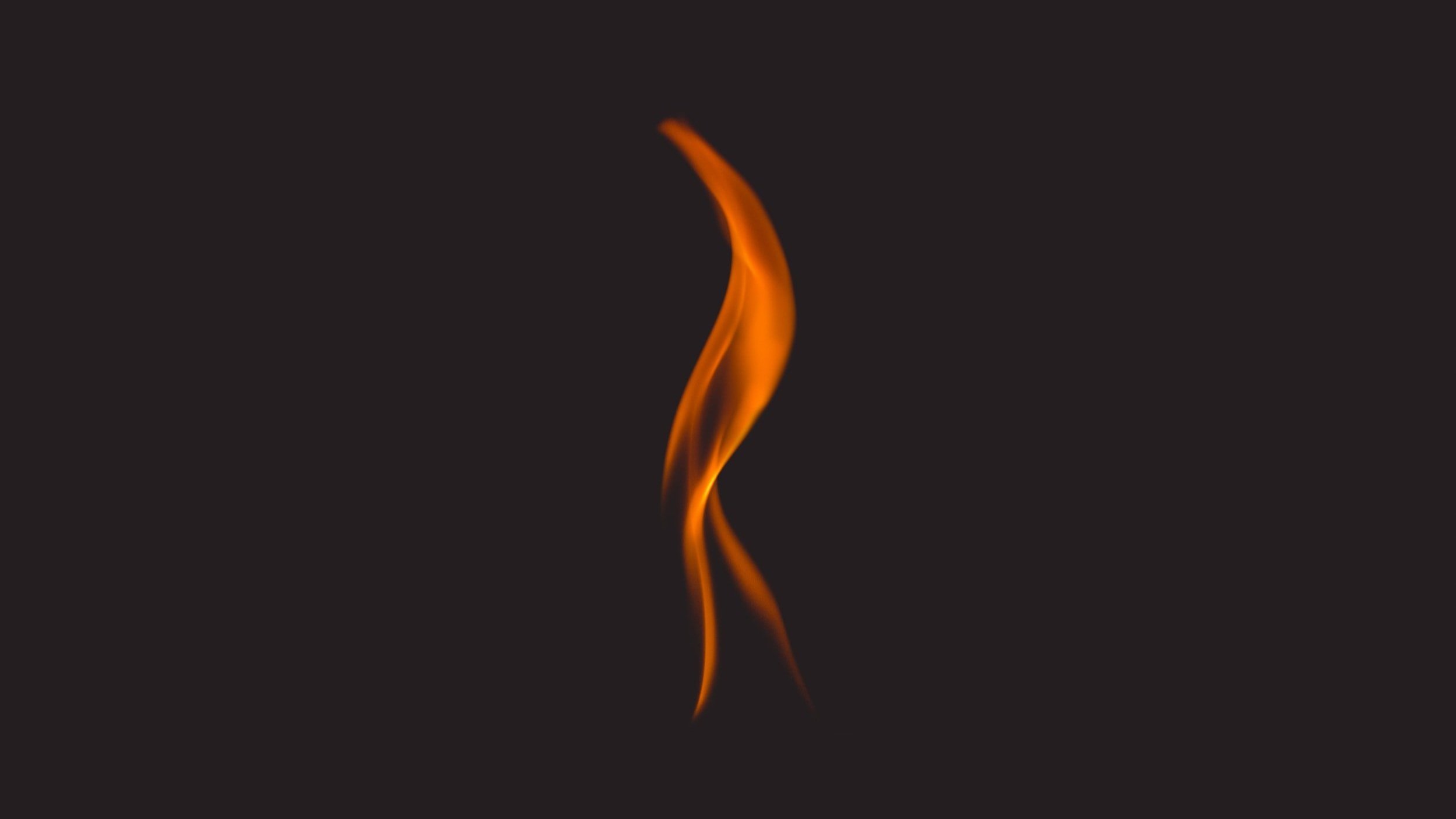Understanding the Drishti (gaze point) in Ashtanga Yoga and using it to cultivate inner wisdom
Understanding the Drishti (gaze point) in Ashtanga Yoga and using it to cultivate inner wisdom
Drishti is a Sanskrit word that can be translated as focused gaze. It’s a term you may be familiar with, and one that would have been introduced during your first Mysore Ashtanga class as one of the three pillars (tristhana) of the Ashtanga yoga method.
In a practical sense, we use the drishti as a way of developing concentration and avoiding distraction. Every asana (yoga shape) we practice has a drishti or place we look when we’re practicing that asana. These drishti usually follow the direction of energetic flow in which the asana is moving.
The 9 drishti of Ashtanga Yoga
In case this concept is new to you, or you need a quick reminder, here are the 9 drishti we use in the Ashtanga Yoga method, including example asanas that use each drishti
Angustha – thumb (first vinyasa of surya namaksara, utkatasana)
Brumadhya – third eye (yoga nidrasana)
Nasagra – tip of nose (prasarita padottanasana)
Parsva – right side (marichasana)
Parsva – left side (marichasana)
Nabhi – navel – (adho mukha svanasana - downward facing dog)
Hastagra – hand (trikonasana, parsvakonasana)
Padhagra – big toe (janu sirsasana, navasana)
Urdhva – up (ubhaya padangusthasana)
Drishti in Practice
Keep your drishti soft rather than strained.
If you have an injury that makes using the prescribed drishti painful, try looking softly towards the tip of your nose.
Sometimes it can feel uncomfortable looking at the tip of your nose. If this is the case try focussing on a point just in front of your nose.
Drishti in Yoga Philosophy
In the Bhagavad Gita (6.13), Krishna advised Arjuna that a yogi should focus their mind in meditation by holding the body and neck in a straight line and gazing at the tip of the nose, without allowing the mind to wander. In this sense, Krishna is advising Arjuna to use the gaze during seated meditation practice, rather than in asana practice.
In the Hatha Yoga Pradipika yogi’s are advised to gaze at the eyebrow centre when practicing siddhasana, to break open the door to liberation (1.33)
The term drishti is not specifically mentioned in the Yoga Sutras, however, we can relate it to pratyahara, the 5th limb of Patanjali’s 8-fold path. Pratyahara is the withdrawal of the senses. By focusing our gaze on a fixed point we are no longer distracted by what’s happening around us and our attention is turned inwards towards our breath and the felt sense of our body.
Drishti as a tool for Svadhyaya
Using the drishti in our practice means our eyes no longer wander around the room. This allows our mind to be free from observing, judging and comparing.
Prana follows awareness, so when we use the drishti, the prana we create during our practice ceases to be scattered. It becomes focused and we are able to draw it back inwards.
Once we are able to withdraw our senses and turn our attention inwards we can begin to observe the thoughts and emotions that arise. We bring our awareness back to the present moment. Using the drishti in this way becomes a tool for svadhaya or self-study, allowing us to understand our thought patterns and behaviours.
This is true even on the days we find the drishti challenging to maintain. If you find yourself distracted during practice, rather than feeling impatient with yourself, acknowledge the distraction and its associated feelings, and then return to your breath and your drishti. Distraction can serve as a learning experience and forms part of our journey of self-discovery so don’t be hard on yourself if you find maintaining the drishti challenging!


